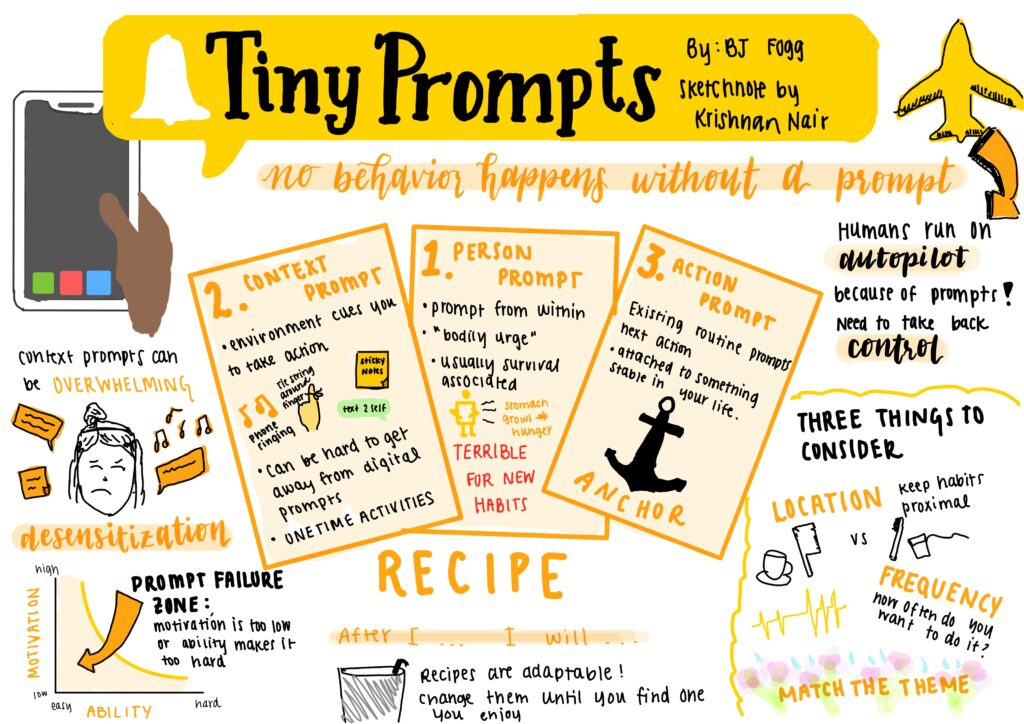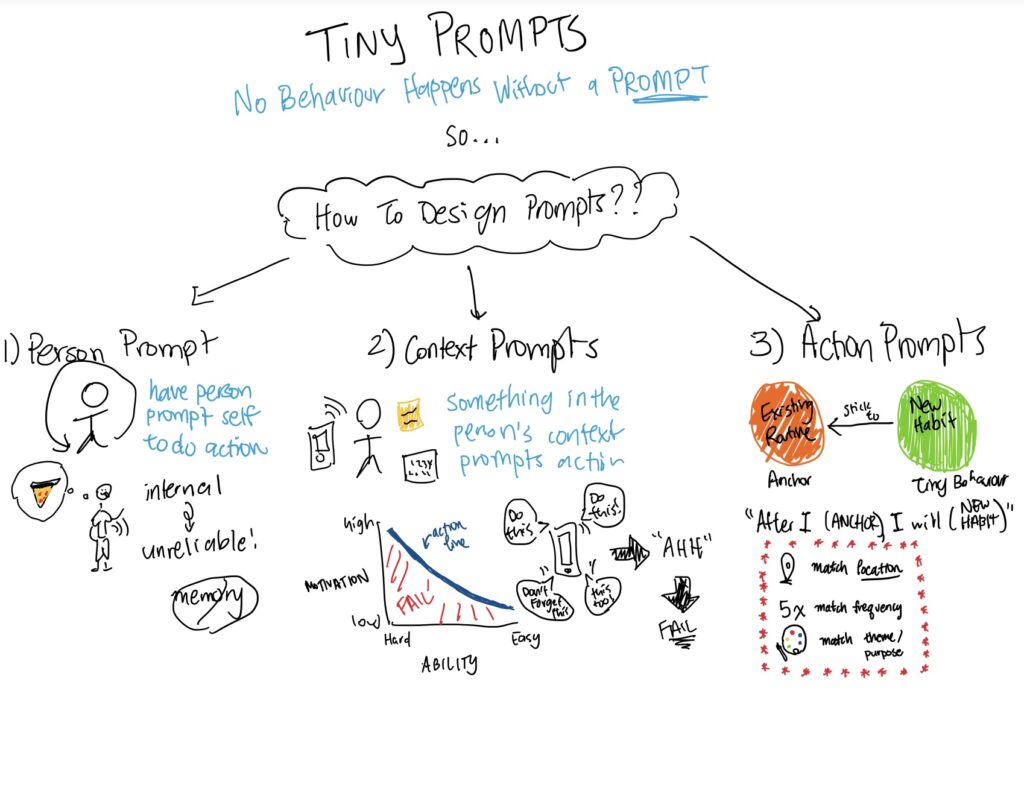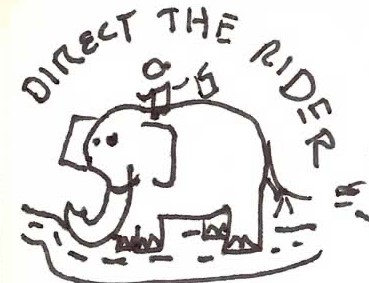This week’s reading gives us insight into the social aspects of the role of a PM. While there is a difficult choice at hand, the job of the PM is to work with both leads of the merger, Isolde and Emanuel, to move forward with a choice that benefits everyone.
- Which markets do Isolde and Emanuel target respectively? How do their respective business/revenue models align with their markets?
Isolde, as the siiquent lead sells “stuff “that machines use (consumables used by machines)- while the machines themselves are not the money maker. The fact that they do not provide the core machinery in consistent use, but rather the readily replaced consumables, places them for readily able to change their product to meet the demands of customers as is reflected in their business model.
Emanual as the Teomik lead Sells the machines themselves, focusing on the assured quality of the machines and accompanying customer service assistance to ensure a customer base while leaving consumables as a secondary concern.
- What are the pros and perils of “imposing the structure of a single revenue model” vs. “letting [the company] continue on its flexible way”?
Imposing a single revenue model would result in more organized and standardized work norms, which would eliminate several issues. The article describes that inconsistencies in the two-revenue system lead to customer confusion originating from different information from different team members… this is a sloppy image that could be erased. Additionally, Isolde frequently asserts that the single revenue model is not expansive enough, however a less expansive mode of revenue may open up bandwidth for improvements on other fronts. In introducing a new system, there is also potential to improve issues from both teams and work culture, perhaps remnants of the behavior of the two company’s seeking to undercut each other that was mentioned briefly in the article.
The possible perils are that longterm customers may be faced with a new and unfamiliar experience with the company, which may leave an unfavorable impression. The company reputation may fall, if performance falls during the transitional period. Of course, there is also the peril that the one revenue model may be ineffective in meeitng the demands of the market, as Isolde and Emanual warn.
- Pretend that the CEO has decided the department heads must merge their divisions together. As a star PM assigned to mediate this interaction between department heads, how would you scaffold the discussion to ensure a fair merging process?
As a PM in the presence of two experts of their team and company, my job is understand Isolde and Emanuel’s needs,wishes, concerns, and advice in the decision to merge divisions, while sternly holding onto the reality of the merger. In order to make efficient progress, I will work first and formost to foster an environment for compramise, discuss residual concerns, set up follow ups. Below is scaffolding of some of the topics and questions I would introduce as a part of a helpful discussion:
- I want to work with you two to envision a solution that maintains the strengths of both of your teams and creates a newer and stronger team.
- What are values that each of you find prioritize for your team? Which do you agree upon?
- What are potential issues you foresee with a combined department?
- What do you think we can do to make this merge more seamless for each of your respective team members?
- What are non-negotiable aspects to maintain on behalf of your team as we proceed with the merger?
- Is there anything that you need from me before our next meeting?



